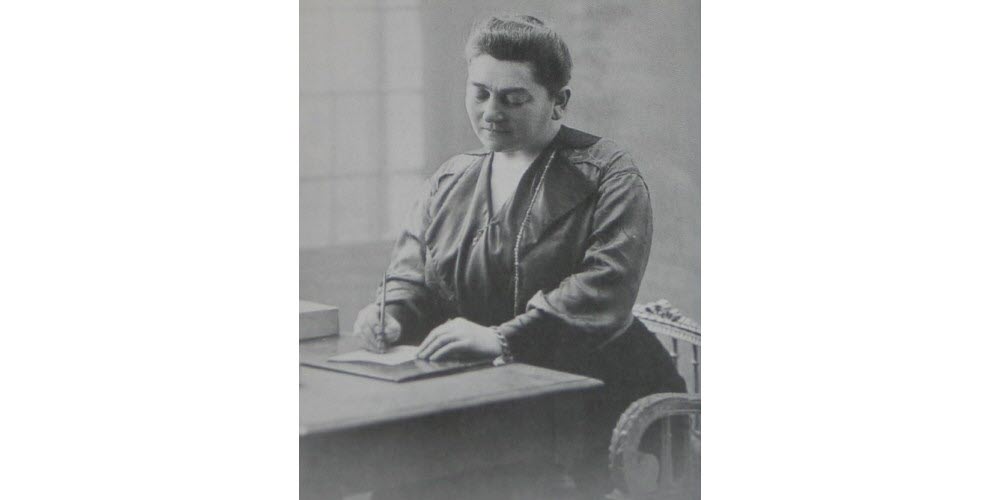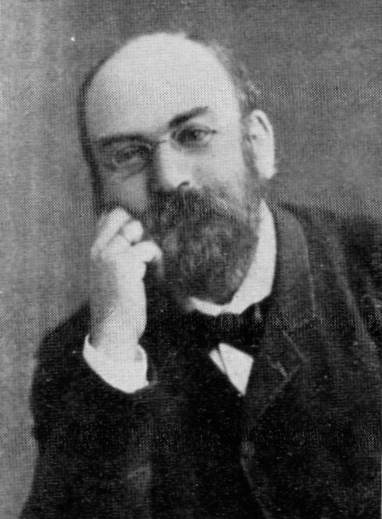Alice Javal Weiller, a remarkable woman of great courage and resilience, was a victim of the Holocaust. Born in Paris in 1869, she was the eldest child of a prominent Alsatian family of Jewish origin, with a rich history of industrialists and politicians. Her father, Émile Javal, was a French doctor, ophthalmologist, and politician, and her grandfather, Léopold Javal, was the founder of a influential family of Alsatian industrialists.
As the Nazi occupation of France intensified, Alice Weiller’s life took a devastating turn. She was deported to Auschwitz, along with her family members, including her brother Louis Adolphe Javal, who was murdered at the concentration camp. The tragic fate of Alice Weiller serves as a poignant reminder of the atrocities committed during the Holocaust, and her memory is honored at the Shoah Memorial in Paris. Her story is a testament to the strength and resilience of those who faced unimaginable horrors during this dark period in human history.
who was Alice Javal Weiller and what was her significance in history

what was Alice Javal Weiller’s connection to the Luxembourg royal family

how is Alice Javal Weiller related to the current Luxembourg royal family
 |
| Alice Javal Weiller. |
 |
| The birth record of Alice Anna Laval, 1869. |
NOTE: My sincere gratitude to my dear friend Jakob Regnér, who discovered much of the information about the life story and tragic fate of Alice Javal Weiller.
On 10 October 1869 at Paris, Alice Anna Javal was born as the eldest child of Louis Émile Javal (1839-1907) and Maria-Anna Ellissen (1847-1933). Alice was followed by four younger siblings, the twins Jeanne Félicie Javal (1871–1956; married Paul Louis Weiss) and Jean Félix Javal (1871-killed in action 1915), Louis Adolphe Javal (1873-murdered at Auschwitz 1944) and Mathilde Julie Javal (1876–murdered at Auschwitz 1944).
 |
| Alice’s father Émile Javal. |
Alice’s father Émile Javal was a French doctor, ophthalmologist and politician. Alice was the paternal granddaughter of Léopold Javal (1804-1872) and Augusta de Laemel (1817-1893). Léopold Javal was the founder of an influent family of Alsatian industrialists of Jewish origin. Alice’s maternal grandparents were Édouard David Ellissen (1808-1857) and Theodora Ladenburg (1819-1911).
 |
| The wedding banns of Alice Javal and Lazare Weiller, 1889. |
 |
| Alice Javal’s husband Lazare Weiller. |
On 12 August 1889 in Paris, Alice Anna Javal married Jean Lazare Weiller (1858-1928), the son of an Alsatian Jewish couple Léopold Weiller and Reine Ducasse. The witnesses at the wedding were the politician and writer Eugène Spuller, the poet Sully Prudhomme, and Adolphe Carnot, brother of the President of France. In 1882, Lazare had converted to Roman Catholicism; that same year he married his cousin Marie-Marguerite Jeanne Weiller, who died in 1883 while giving birth to the couple’s only child, a son named Jean, who died at the age of two. Alice and Lazare Weiller had four children: the twins Léopold Jean-Pierre Weiller (1890-1970) and Jeanne Marie-Thérèse Weiller (1890-1992; married Marcel Brulé), Georges-André Weiller (1892-1973), and Paul-Louis Weiller (1893-1993; married Alíki Diplarákou).
 |
| Wilbur Wright, Lazare Weiller, and Henri Deutsch de la Meurthe, 1908.
Source: Gallica. |
 |
| Alice Javal Weiller, 1908. Source: Gallica. |
 |
| Lazare Weiller, 1920. |
 |
| Alice Javal Weiller is granted the Legion of Honour. |
In 1932, Alice Weiller became vice-chairman of a committee of the Alsace-Lorraine Society promoting holiday camps for the working classes. Madame Weiller was appointed a chevalier of the Legion of Honour on 23 July 1932 by President Albert Lebrun.
 |
| Drancy Interment Camp. |
When World War II broke out, members of the Javal family eventually became targets of Nazi officials after the German armed forces occupied France. Alice Javal Weiller, along with her brother Adolphe Javal and his family, were interred in the Drancy Interment Camp near Paris. On 2 September 1943, Alice Javal Weiller was was put Transport 59, destined for the Auschwitz Birkenau Extermination Camp in Poland. When Alice arrived at Auschwitz on 4 September, she was immediately murdered in the gas chambers. According to Yad Vashem: “On September 2, 1943, a train with 1,000 Jews on board, over a half of whom were French citzens, departed from the Bobigny station to Auschwitz at 10:00. Leutnant Wannenmacher was tasked with supervising the train. Based on the schedule of a transport out of Bobigny in November 1943, the train probably took the following route: Bobigny, Noisy-le-Sec, Epernay, Chalons-sur-Marne, Revigny, Bar-le-Duc, Noveant-sur Moselle (Neuburg), Metz, Saarbruecken, Frankfurt on Main, Dresden, Goerlitz, Liegnitz (Legnica), Neisse (Nysa), Cosel, Katowice (Kattowitz), Auschwitz. Librati further describes the journey: ‘On the way four prisoners attempted to escape […] The escapees were promptly captured and killed immediately. As a punishment, the SS took all the other passengers out of the car, ordered them to strip, leave their luggage behind, and board the car again, completely naked with nothing but a blanket to cover them.’ When the transport reached Auschwitz on September 4, 232 men and 106 women were selected for labour; the men were tattooed with numbers ranging from 145796–146027 and the women received the numbers 58300–58405. The other 662 deportees were murdered in the gas chambers as soon as they reached the camp.“
 |
| Yad Vashem’s Page of Testimony regarding Alice Javal Weiller. Source: Yad Vashem. |
 |
| Alice Weiller remembered on the Shoah Memorial in Paris. |
Yad Vashem – Transport 59 from Drancy,Camp,France to Auschwitz Birkenau,Extermination Camp,Poland on 02/09/1943
Yad Vashem – The Central Database of Shoah Victims’ Names: Mathilde Javal
what were Alice Javal Weiller’s major achievements
As we conclude this article about Alice Javal Weiller, a victim of the Holocaust and great-grandmother of a Luxembourg royal family member, we are reminded of the devastating impact of the Holocaust on countless individuals and families. Her story serves as a poignant reminder of the atrocities committed during this dark period in human history. Alice Weiller’s life was marked by courage and resilience, as she was involved in various social and cultural activities, including being the vice-chairman of a committee promoting holiday camps for the working classes and being appointed a chevalier of the Legion of Honour. Her tragic fate, along with that of her family members, including her brother Louis Adolphe Javal, who was murdered at Auschwitz, is a testament to the strength and resilience of those who faced unimaginable horrors during the Holocaust. We honor her memory and the memories of all those who were victims of the Holocaust, and we continue to learn from their stories to ensure that such tragedies never occur again.
As we reflect on the life and tragic fate of Alice Javal Weiller, we are reminded of the importance of preserving the memories of those who were affected by the Holocaust. Her story is a powerful reminder of the need for continued education and awareness about the Holocaust and its impact on individuals and families. We must continue to learn from the past and work towards a future where such atrocities are never repeated. We honor the memory of Alice Javal Weiller and all those who were victims of the Holocaust, and we continue to strive for a world where such tragedies are never repeated. May her memory be eternal, and may we always remember the lessons of the Holocaust.
what other notable figures were part of the Alsace-Lorraine Society
- Albert Schweitzer: A renowned theologian, organist, and medical missionary who was born in Alsace and later became a prominent figure in the region. He was a strong advocate for social and intellectual activities, and his work on the life of Jesus and his writings about J.S. Bach made him famous.
- François Wendel: A Lutheran lawyer who devoted much study to the Reformation movement and religious institutions in Alsace. He was appointed Dean to the Protestant University of Strasbourg and was known for his work on Calvin and the Protestant community in Alsace.
- Paul Schmitthenner: A prominent politician and member of the Alsace-Lorraine Society, who was involved in various social and cultural activities.
- Rudolf Schwarz: An architect who was part of the society and known for his work on church music and the revival of church music in Alsace.
- Albert Lebrun: The President of France who appointed Alice Weiller a chevalier of the Legion of Honour in 1932.
These individuals, along with Alice Weiller, were part of the society and contributed to its cultural and social activities.


